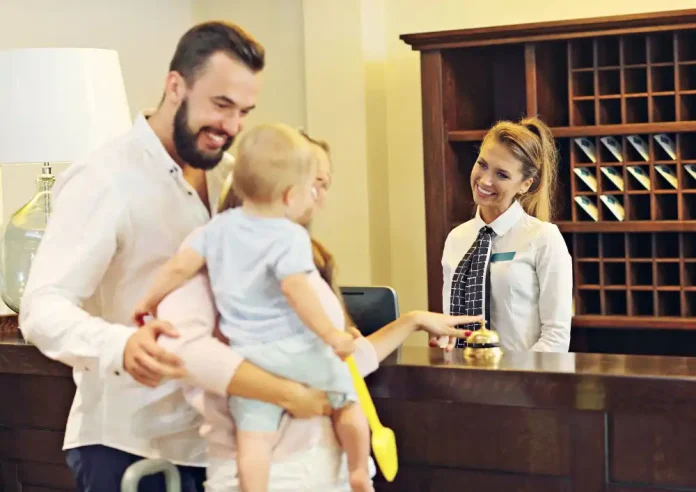A recent post about KeaBabies caught my eye — thanks to a friend’s share — and it’s one of those rare digital success stories that deserves a closer look. KeaBabies, a Singapore-based direct-to-consumer baby essentials brand, has scaled to a $100 million SGD business in under eight years. They’ve done it with: Gross margins of…
RELATED ARTICLES
© NewInAsia.com 2025








